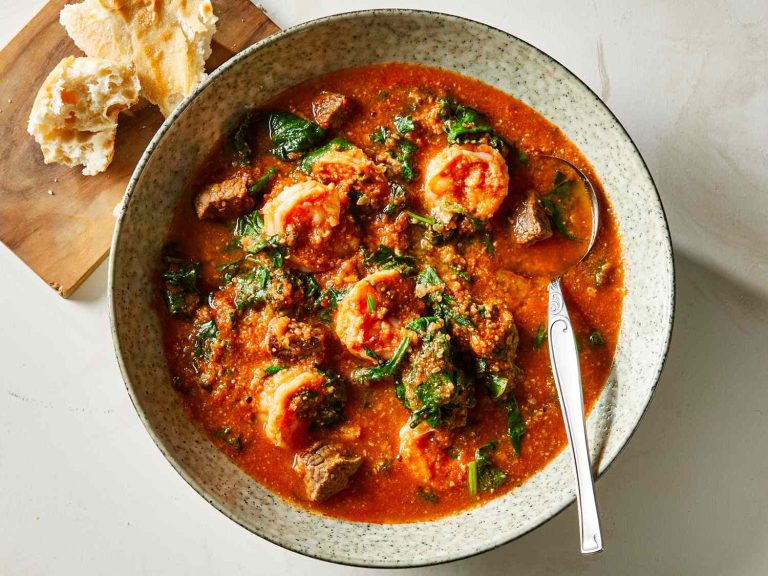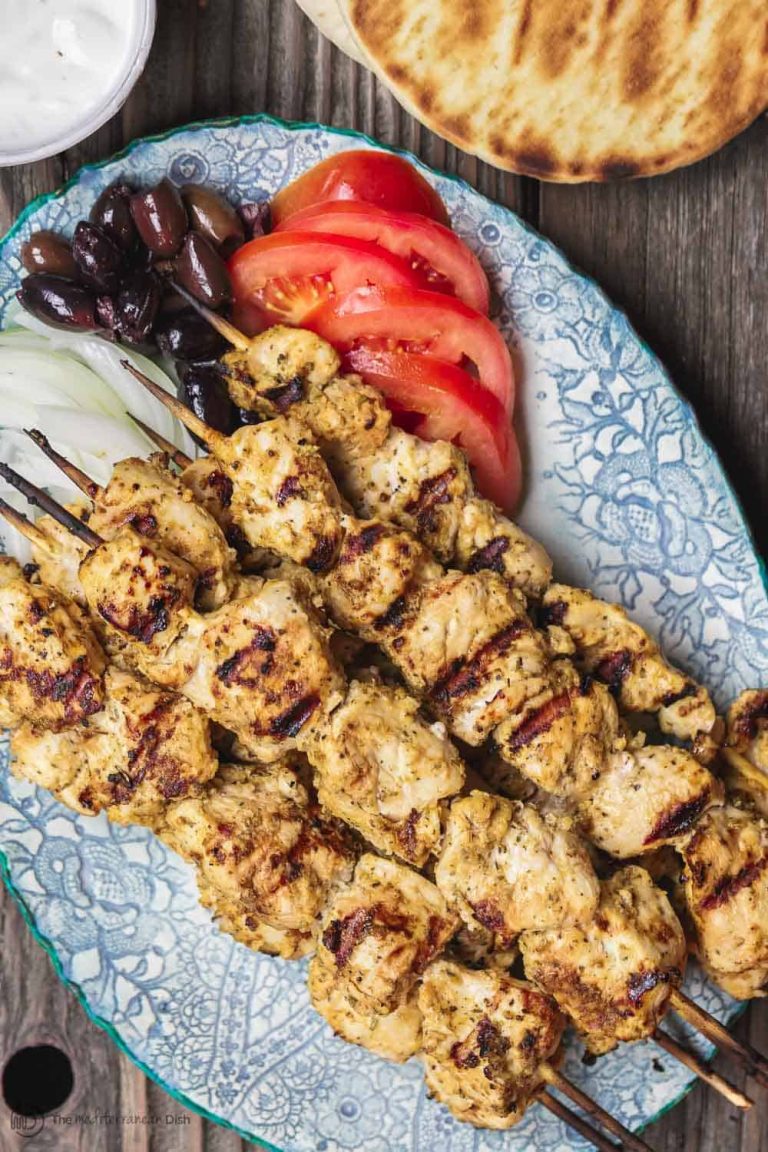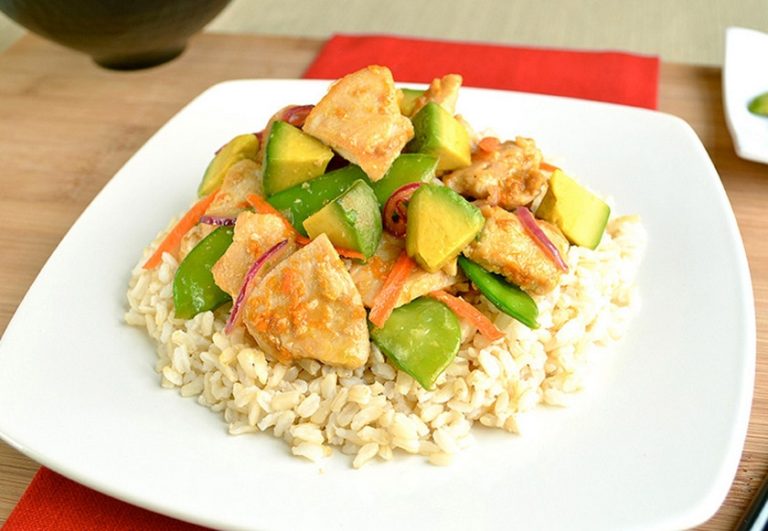White Texas Sheet Cake Recipe: History, Tips, and Healthier Alternatives
The White Texas Sheet Cake, like its chocolate counterpart, boasts roots in the Lone Star State. Initially developed as a quick-to-make dessert for large gatherings, these sheet cakes gained popularity for their simplicity and delicious taste. Recipes first emerged in community cookbooks during the mid-20th century, showcasing a blend of Southern baking traditions with easy-to-find ingredients like buttermilk and vanilla.
Popularity Across Regions
While the White Texas Sheet Cake originated in Texas, it quickly spread across the United States. Due to its straightforward preparation and crowd-pleasing nature, you will find this dessert at potlucks, family reunions, and holiday gatherings nationwide. Different regions put their spin on the classic recipe, incorporating local flavors like almond extract or topping variants, but the core elements remain the same: a moist, tender cake with rich, buttery frosting.
Key Ingredients
Unique Components of the Cake
White Texas Sheet Cake relies on specific ingredients to achieve its unique flavor and texture. Essential components include:
- Flour: All-purpose flour forms the base of the cake, ensuring structure and a soft crumb.
- Sugar: Granulated sugar sweetens the cake sufficiently without overpowering other flavors.
- Buttermilk: Adds moisture and a slight tang, crucial for that tender, moist texture.
- Eggs: Provide structure and richness, enhancing the cake’s overall quality.
- Butter: Both the cake and frosting use unsalted butter for a creamy, rich taste.
- Vanilla Extract: Imparts a sweet, aromatic flavor that complements the cake’s simplicity.
- Baking Soda: Works as a leavening agent, ensuring the cake rises properly.
- Salt: Balances and enhances the cake’s sweetness.
Substitutes and Variations
Flexibility in ingredients allows for substitutions and variations that can accommodate dietary needs or personal preferences:
- Flour: Substitute all-purpose flour with a gluten-free blend for a celiac-friendly option.
- Buttermilk: Replace buttermilk with a dairy-free alternative like almond milk mixed with vinegar or lemon juice.
- Sugar: Use coconut sugar or a sugar substitute like stevia for a lower-glycemic index.
- Butter: Swap butter with margarine or vegan butter for a dairy-free option.
- Vanilla Extract: Introduce almond extract for a nutty flavor twist.
- Eggs: Replace eggs with flaxseed eggs or a commercial egg replacer for a vegan version.
These adjustments ensure that everyone can enjoy the delightful taste of White Texas Sheet Cake, regardless of dietary restrictions or personal preferences.
Step-by-Step Baking Process
Preparing the Batter
Start by preheating your oven to 350°F. Grease a 13×18 inch baking sheet to ensure the cake doesn’t stick. In a large bowl, combine 2 cups of granulated sugar, 2 cups of all-purpose flour, 1/2 teaspoon of salt, and 1 teaspoon of baking soda. Mix well.
In a saucepan, melt 1 cup of unsalted butter with 1 cup of water over medium heat. Bring to a boil, then pour it into the dry ingredients. Stir until smooth. In a separate bowl, whisk 2 large eggs, 1/2 cup of buttermilk, and 2 teaspoons of vanilla extract. Add the wet mixture into the batter, stirring until fully combined.
Baking and Frosting Tips
Pour the batter into the prepared baking sheet. Spread it evenly using a spatula. Bake for 18-22 minutes or until a toothpick inserted in the center comes out clean. During the last 5 minutes of baking, start preparing the frosting.
For the frosting, melt 1/2 cup of unsalted butter in a saucepan over medium heat. Add 1/4 cup of buttermilk, and bring it to a boil. Remove from heat, then stir in 4 cups of powdered sugar and 1 teaspoon of vanilla extract until smooth.
Once the cake is out of the oven, pour the warm frosting over the hot cake, spreading quickly for an even layer. Let the frosting set before slicing and serving.
Serving and Presentation Ideas
Creative Plating Options
Enhance the visual appeal of your White Texas Sheet Cake with creative plating. Slice the cake into even squares for a neat, professional look. Place each slice on individual dessert plates, ensuring enough space for garnishes. Add a drizzle of caramel or chocolate sauce on the plate for extra flavor and visual contrast. Fresh berries like raspberries or blueberries offer a pop of color and complement the cake’s sweetness.
Consider using a sprig of mint as a garnish on each slice. This not only adds a touch of elegance but also a fresh aroma. For an elevated presentation, dust a light layer of powdered sugar over the cake just before serving. Arrange the slices in a staggered pattern on a serving platter if you’re serving a crowd.
Tips for Storing and Serving
Store leftover White Texas Sheet Cake in an airtight container to maintain its moisture and flavor. If you need to keep it for more than a couple of days, refrigerate the cake. Before serving, let it sit at room temperature for about 15 minutes to regain its softness.
When serving, use a sharp knife to cut clean slices. Wipe the blade with a damp cloth between cuts to maintain neat edges. If the frosting has set firmly, warm the knife slightly for smoother slices.
For larger gatherings, pre-slice the cake and arrange the pieces on a large tray. This facilitates easy serving and ensures uniform portion sizes.
Health Considerations
Caloric Content and Nutritional Information
White Texas Sheet Cake offers a rich, indulgent flavor but carries a high calorie count. Each standard-sized serving contains about 300-350 calories, primarily from sugar, butter, and flour. These servings also include high amounts of saturated fat and carbohydrates. While it provides some proteins from eggs and dairy, the primary focus remains on its high-calorie ingredients.
For those keeping track of daily nutritional intake, it’s essential to consider the content of other nutrients like sodium and added sugars. The cake contains around 30-35 grams of sugar per serving and approximately 10-12 grams of fat. It’s important to enjoy this treat in moderation, particularly if you’re watching your caloric intake or adhering to a specific dietary plan.
Alternative Ingredients for Health-Conscious Baking
You can make this dessert healthier by substituting traditional ingredients with nutritious alternatives. Reducing the sugar content, using natural sweeteners like honey or maple syrup, may help lower the overall calorie count. Replacing all-purpose flour with whole wheat or almond flour can increase fiber content and provide a lower glycemic index.
Butter replacements like Greek yogurt or unsweetened applesauce can reduce saturated fat and calories, while still maintaining moisture and texture. Opting for low-fat buttermilk or plant-based milk alternatives can contribute to lower overall fat and caloric intake.
To add nutritional value, consider incorporating ingredients like chia seeds or flaxseed meal, which provide additional fiber and omega-3 fatty acids. By making these substitutions, you can enjoy a lighter, yet still flavorful, version of the White Texas Sheet Cake.
Conclusion
The White Texas Sheet Cake is a delightful dessert that offers both traditional flavors and room for healthier adaptations. Whether you stick with the classic recipe or opt for nutritious alternatives, this cake remains a versatile treat suitable for any occasion. With its rich history and beloved taste, it’s no wonder this dessert continues to be a favorite. Enjoy experimenting with ingredients and presentation to make it uniquely yours.






